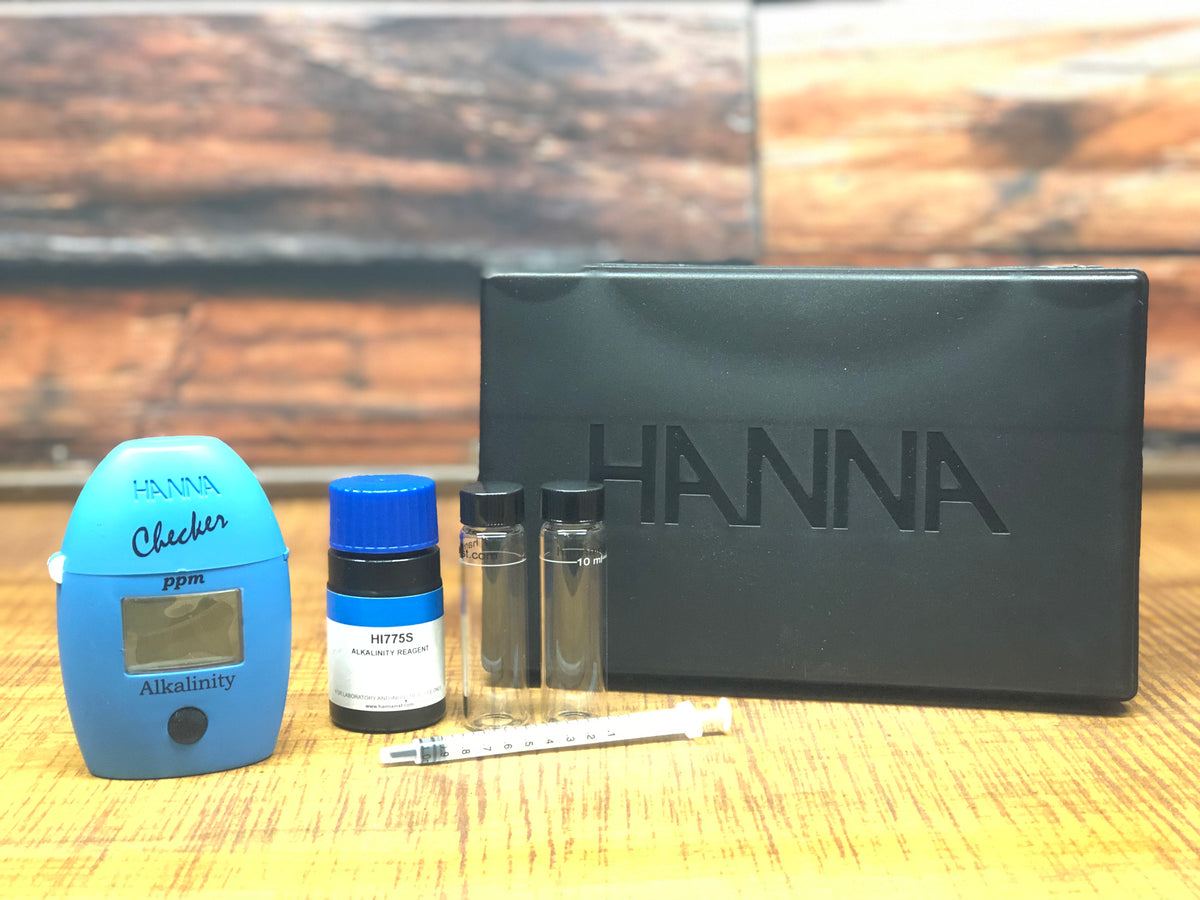This is a great thread! Up until recently, I've overlooked "alkalinity" as pH above 7.0. What an "eye opener!" Funny how certain topics come up from different sources. The following video came out a couple days after the start of this post but they were dealing with the same topic. ALKALINITY.
A lot of growers have a pH and ppm meter but an alkalinity meter should be added to the list of recommended tools. Here is a nice, affordable one, the Hanna HI775. You can look it up or get one for a good price here.
DISCONTINUED THROUGH OCG 20% OFF REMAINING STOCK *No additional discounts Hanna Freshwater Alkalinity Colorimeter *Due To The Nature Of Water Testing Equipment All Sales Are Final. Warranty Handled Through Manufacture Stop wasting time struggling with a color chart. Get accurate water testing...
oregonsconstantgardener.com
Off thread topic:
@Aqua Man, as a new soil grow experimenter, you might want to check out
Nectar for the Gods. They use a "calcium driven" nutrient line that is different from the "salt" based nutrients.






